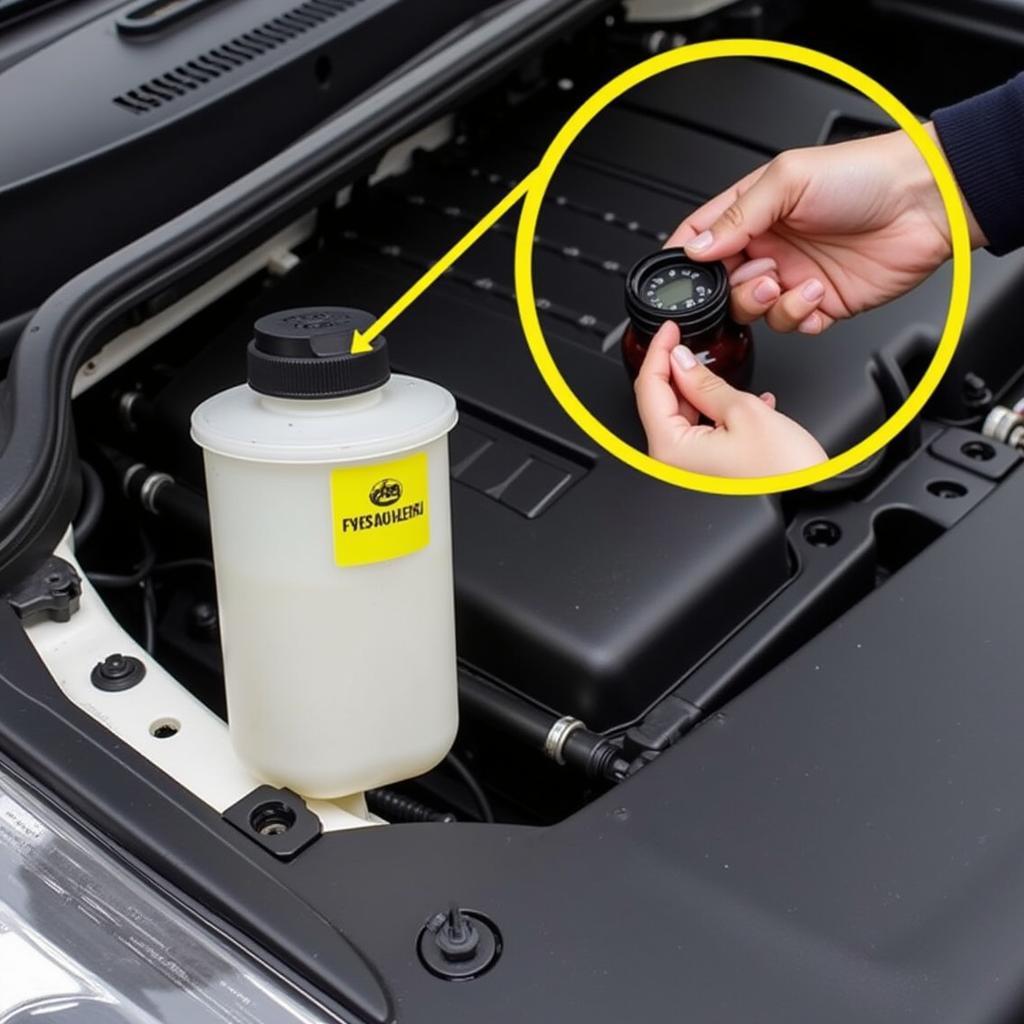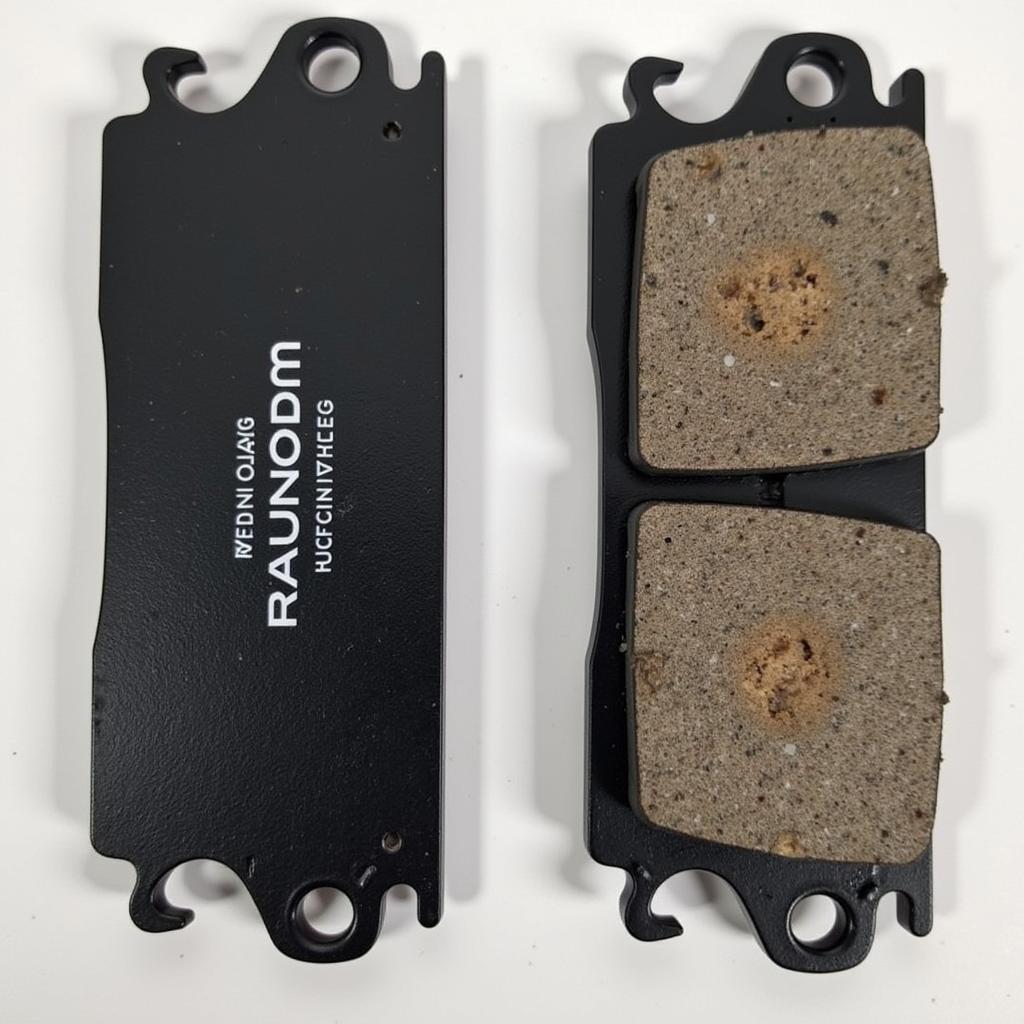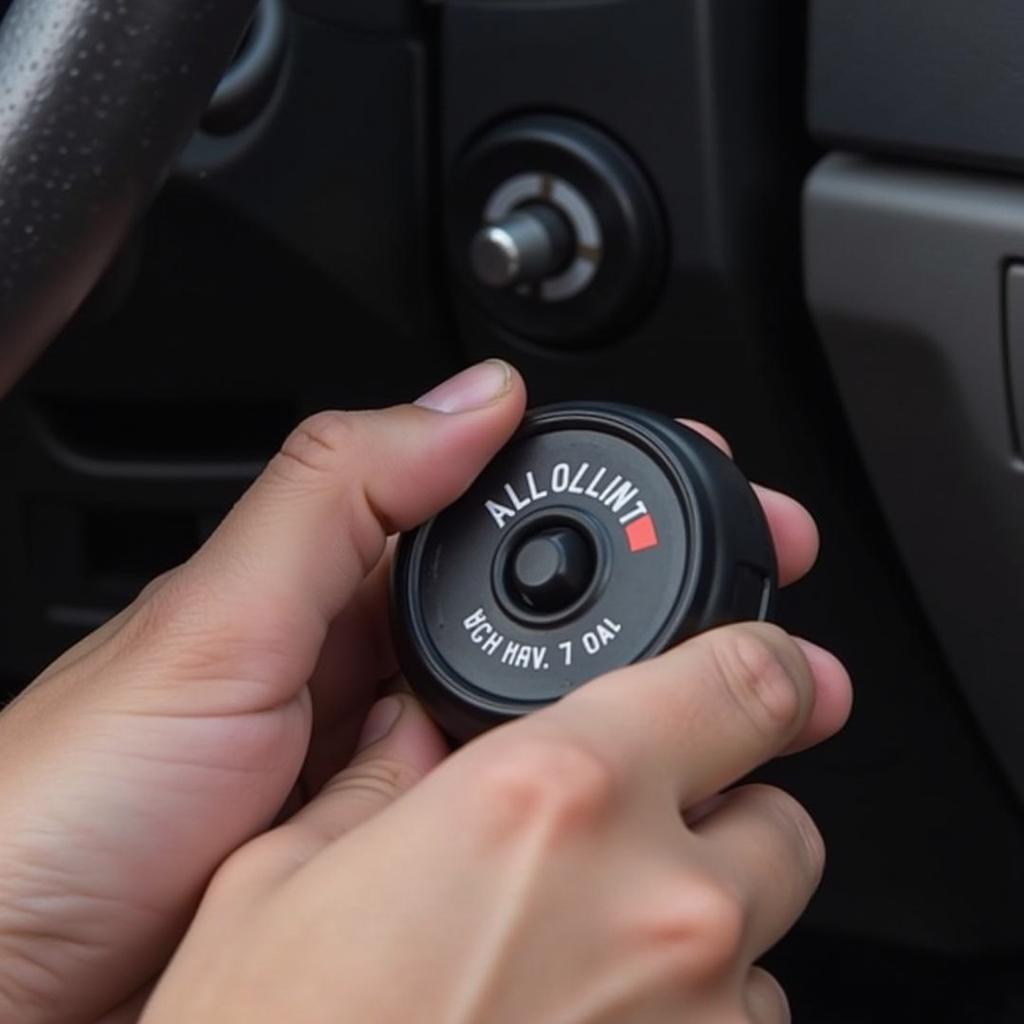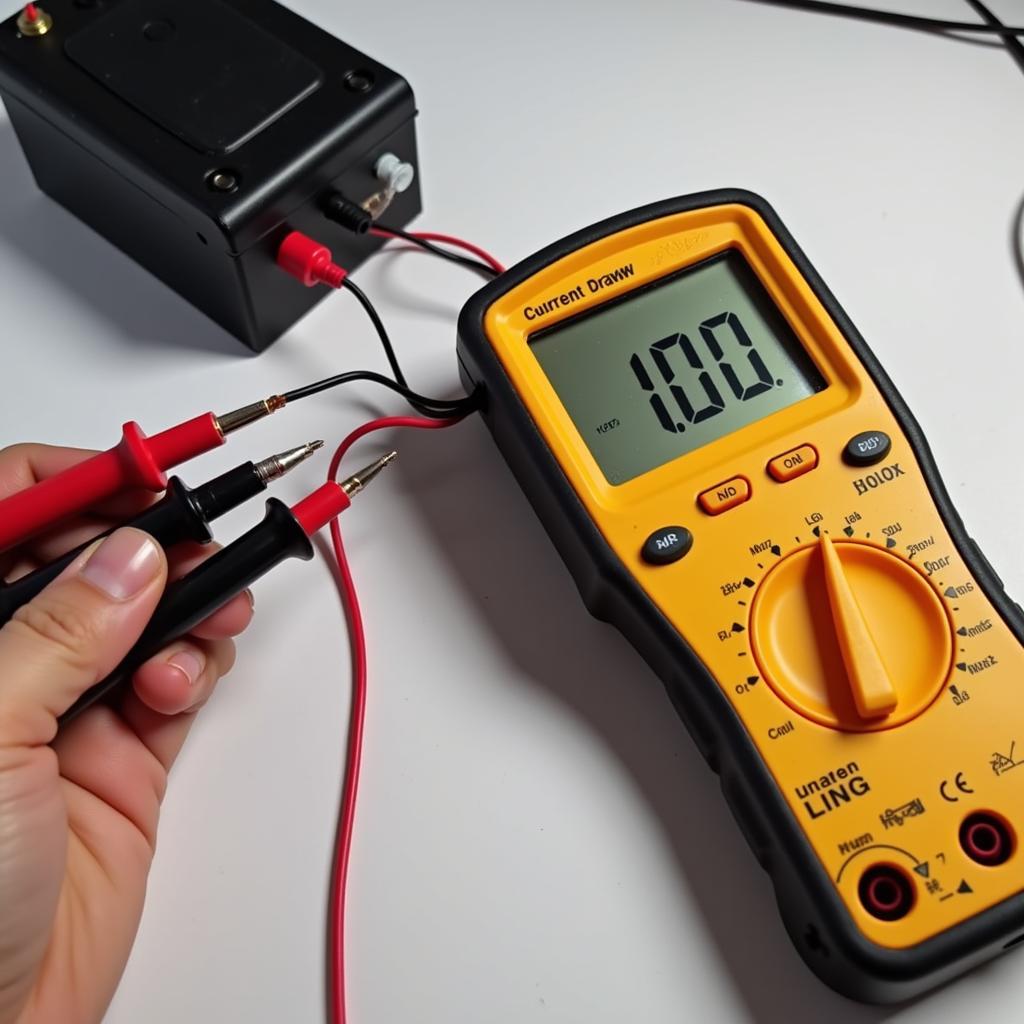The Hyundai i40 brake warning light illuminating on your dashboard can be a concerning sight. This article will delve into the various reasons why your Hyundai i40 brake warning light might be on, offering troubleshooting tips, potential solutions, and guidance on when professional assistance is required. Understanding this crucial warning signal is essential for maintaining your vehicle’s safety and preventing costly repairs down the road.
Understanding Your Hyundai i40 Brake System
Your Hyundai i40’s braking system is a complex network of components working together to ensure safe and efficient stopping power. From the brake pedal to the brake calipers, each part plays a vital role. The brake warning light serves as an early warning system, alerting you to potential issues within this system. Ignoring this warning can lead to dangerous driving conditions and potentially serious accidents.
Common Causes of the Hyundai i40 Brake Warning Light
Several factors can trigger the brake warning light in your Hyundai i40. Some of the most common causes include:
- Low Brake Fluid: This is often the most frequent culprit. Brake fluid is essential for transmitting pressure from the brake pedal to the brakes. A leak or low fluid level can significantly compromise braking performance.
- Worn Brake Pads: Brake pads wear down over time due to friction. When they reach a certain threshold, a sensor triggers the warning light.
- Faulty Brake Sensor: Sometimes, the sensor itself can malfunction, triggering the light even when there’s no actual problem with the brake system.
- Parking Brake Engaged: While seemingly obvious, it’s easy to overlook. The brake warning light can also illuminate if the parking brake is not fully released.
- ABS Issue (Anti-lock Braking System): A problem within the ABS system, such as a faulty sensor or module, can trigger the brake warning light.
- Master Cylinder Problems: The master cylinder is responsible for distributing brake fluid to the wheels. A leak or internal failure can cause the warning light to activate.
 Checking Hyundai i40 Brake Fluid Reservoir
Checking Hyundai i40 Brake Fluid Reservoir
Troubleshooting Your Hyundai i40 Brake Warning Light
Before rushing to a mechanic, there are a few simple checks you can perform yourself:
- Check the Parking Brake: Ensure the parking brake is fully disengaged.
- Inspect Brake Fluid Level: Locate the brake fluid reservoir (usually a translucent container) and check the fluid level. It should be between the minimum and maximum marks.
- Visually Inspect Brake Pads: If possible, take a look at your brake pads through the wheel spokes. If they appear thin or worn down, they likely need replacement.
 Worn Hyundai i40 Brake Pads
Worn Hyundai i40 Brake Pads
When to Seek Professional Help
If the simple checks don’t resolve the issue, or if you notice any unusual braking behavior like grinding, squealing, or a soft brake pedal, it’s crucial to seek professional help immediately. Driving with a compromised braking system is extremely dangerous.
“Ignoring a brake warning light is like ignoring a ticking time bomb,” says John Miller, a seasoned automotive technician with over 20 years of experience. “It’s always better to be safe than sorry when it comes to your brakes.”
Remote Diagnostics and Software Solutions
Modern technology allows for remote diagnostics and software updates for certain brake system components. A qualified technician can remotely access your vehicle’s computer system, diagnose the issue, and even install software patches to address certain problems. This can save time and money compared to traditional repair methods.
Conclusion
The Hyundai i40 brake warning light is a critical safety feature. Understanding its potential causes and taking appropriate action is crucial for ensuring your safety and the longevity of your vehicle. While some simple checks can be done at home, don’t hesitate to seek professional help if the problem persists. Remember, a properly functioning brake system is essential for safe driving. Addressing the brake warning light promptly will give you peace of mind knowing your Hyundai i40 is stopping safely and efficiently.
“Regular brake system maintenance is key to preventing future issues,” adds Miller. “Investing in routine inspections can save you from costly repairs and ensure your safety on the road.”
FAQ
- Can I drive my Hyundai i40 with the brake warning light on? It’s highly discouraged. Driving with a compromised braking system is dangerous.
- How much does it cost to fix a brake warning light issue? The cost varies depending on the underlying cause. It could range from a simple fluid top-up to more extensive repairs.
- How often should I check my brake fluid level? It’s good practice to check your brake fluid level at least once a month.
- How long do brake pads typically last? Brake pad lifespan varies depending on driving habits and conditions, typically ranging from 25,000 to 70,000 miles.
- What is the difference between the brake warning light and the ABS light? The brake warning light indicates a general issue with the braking system, while the ABS light specifically relates to the anti-lock braking system.
- Can I top up my brake fluid myself? Yes, you can, but ensure you use the correct type of brake fluid recommended for your Hyundai i40.
- What should I do if my brake pedal feels spongy? A spongy brake pedal is a serious issue and requires immediate professional attention. It could indicate air in the brake lines or a problem with the master cylinder.


